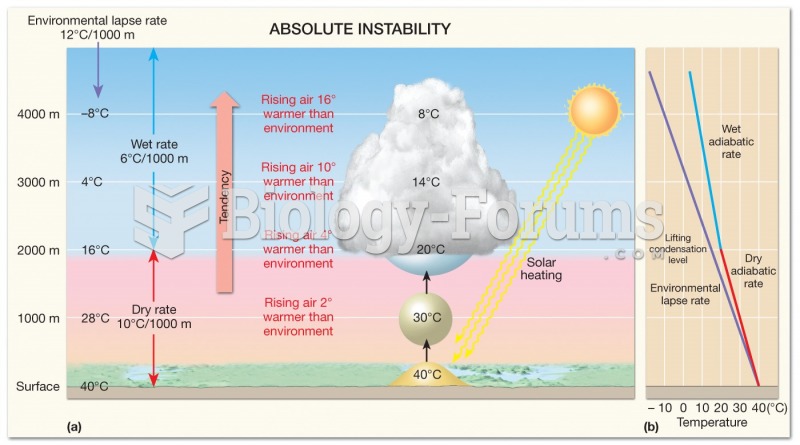Answer to Question 1
ANSWER: 29.92 stands for 29.92 inches of mercury (in. Hg), which is equivalent to 1013.25 mb and 76 cm. Its the pressure found at sea level, which is also called standard atmospheric pressure.
The barometer used to obtain this pressure reading was a mercury barometer. Evangelista Torricelli, a student of Galileo, invented the mercury barometer in 1643. His barometer, similar to those in use today, consisted of a long glass tube open at one end and closed at the other. Removing air from the tube and covering the open end, Torricelli immersed the lower portion into a dish of mercury. He removed the cover, and the mercury rose up the tube to nearly 76 cm (or about 30 in.) above the level in the dish. Torricelli correctly concluded that the column of mercury in the tube was balancing the weight of the air above the dish, and hence its height was a measure of atmospheric pressure. Mercury barometers are still used today in many settings, although they are no longer manufactured or sold in Europe because of restrictions on the use of mercury.
Answer to Question 2
ANSWER: If Earth were not rotating, the path of the satellite would be observed to move directly from north to south, parallel to Earths meridian lines. However, Earth does rotate, carrying us and meridians eastward with it. Because of this rotation in the Northern Hemisphere, we see the satellite moving southwest instead of due south; it seems to veer off its path and move toward its right. In the Southern Hemisphere, Earths direction of rotation is clockwise as viewed from above the South Pole. Consequently, a satellite moving northward from the South Pole would appear to move northwest and, hence, would veer to the left of its path.







